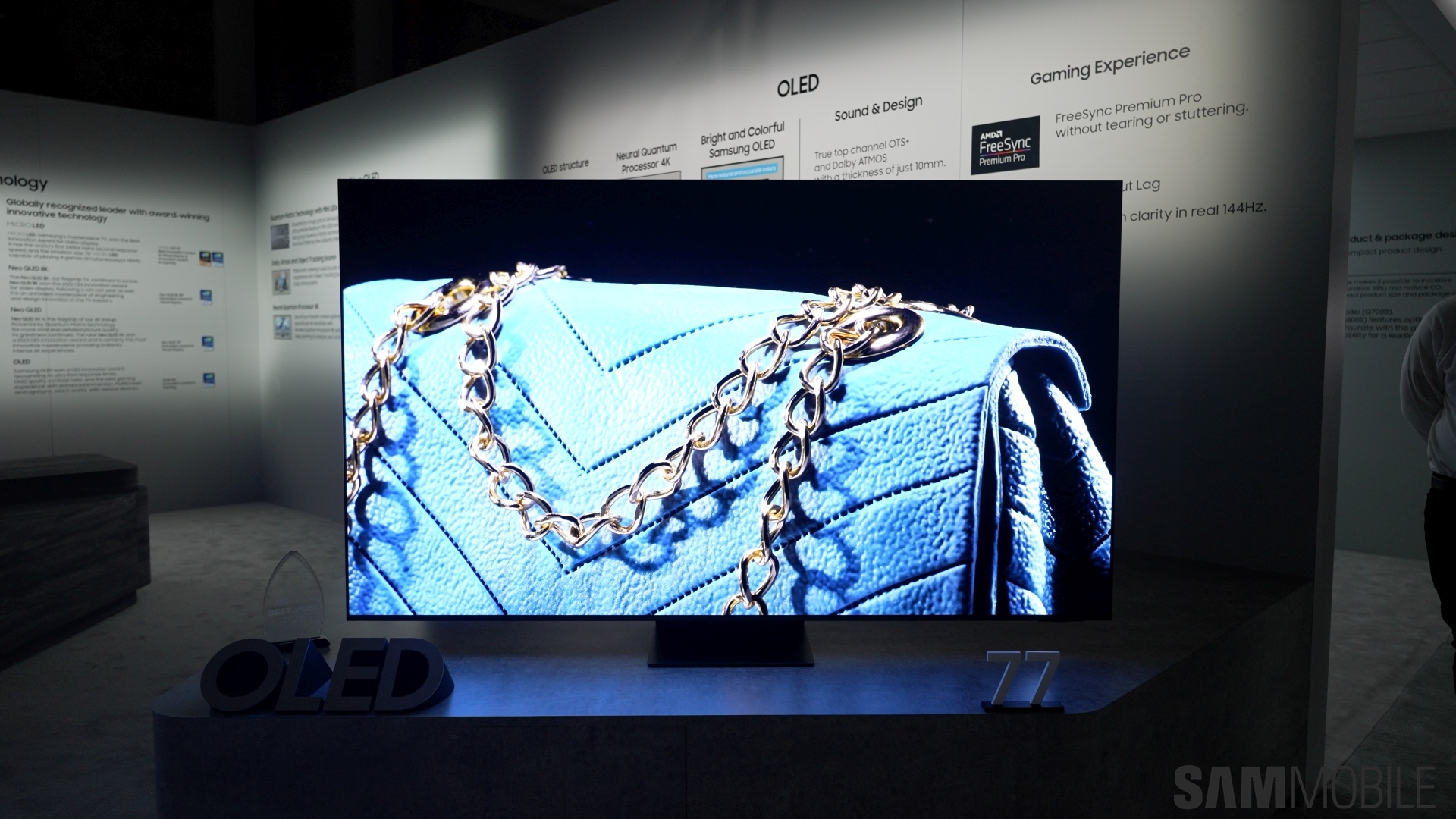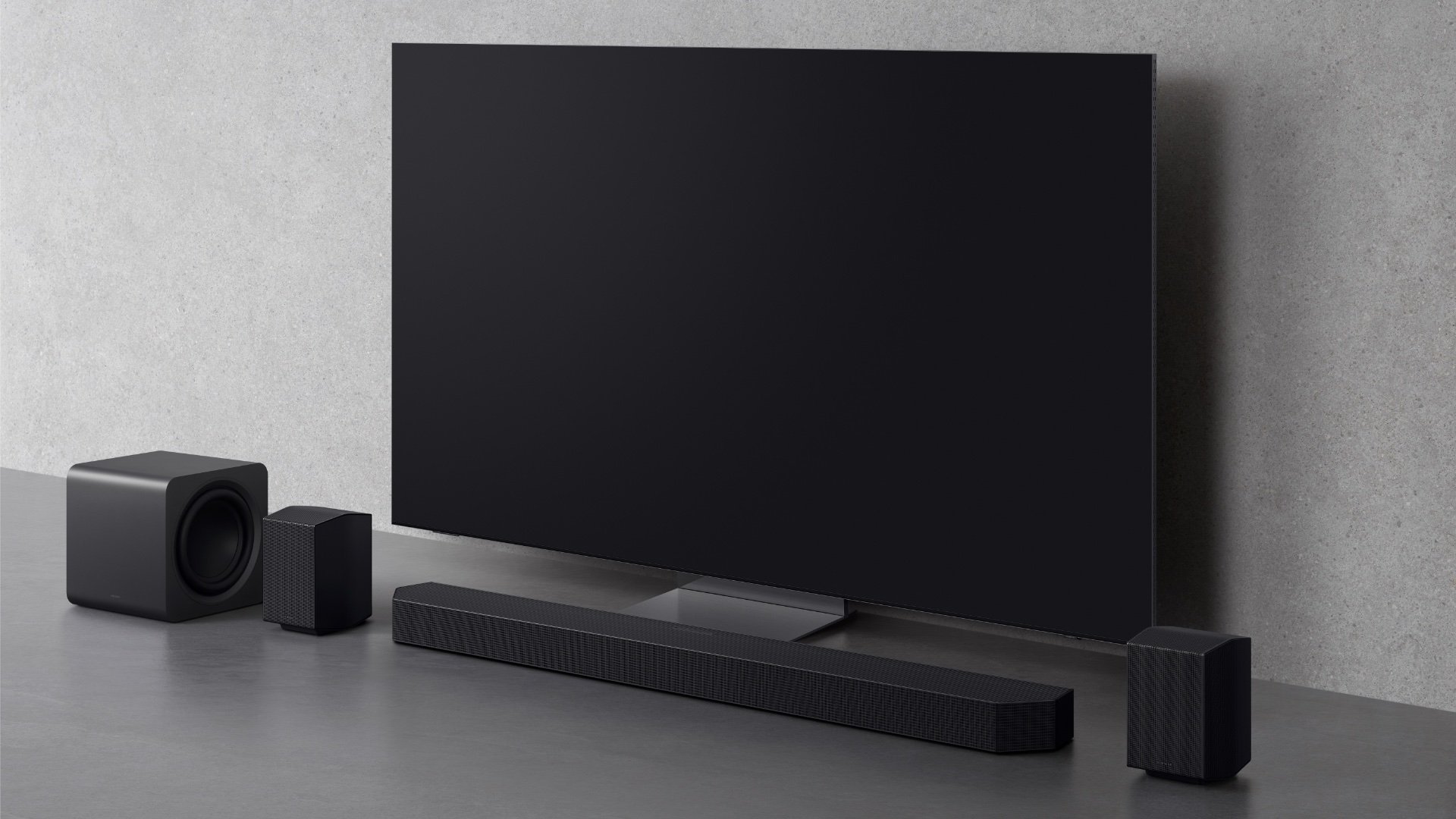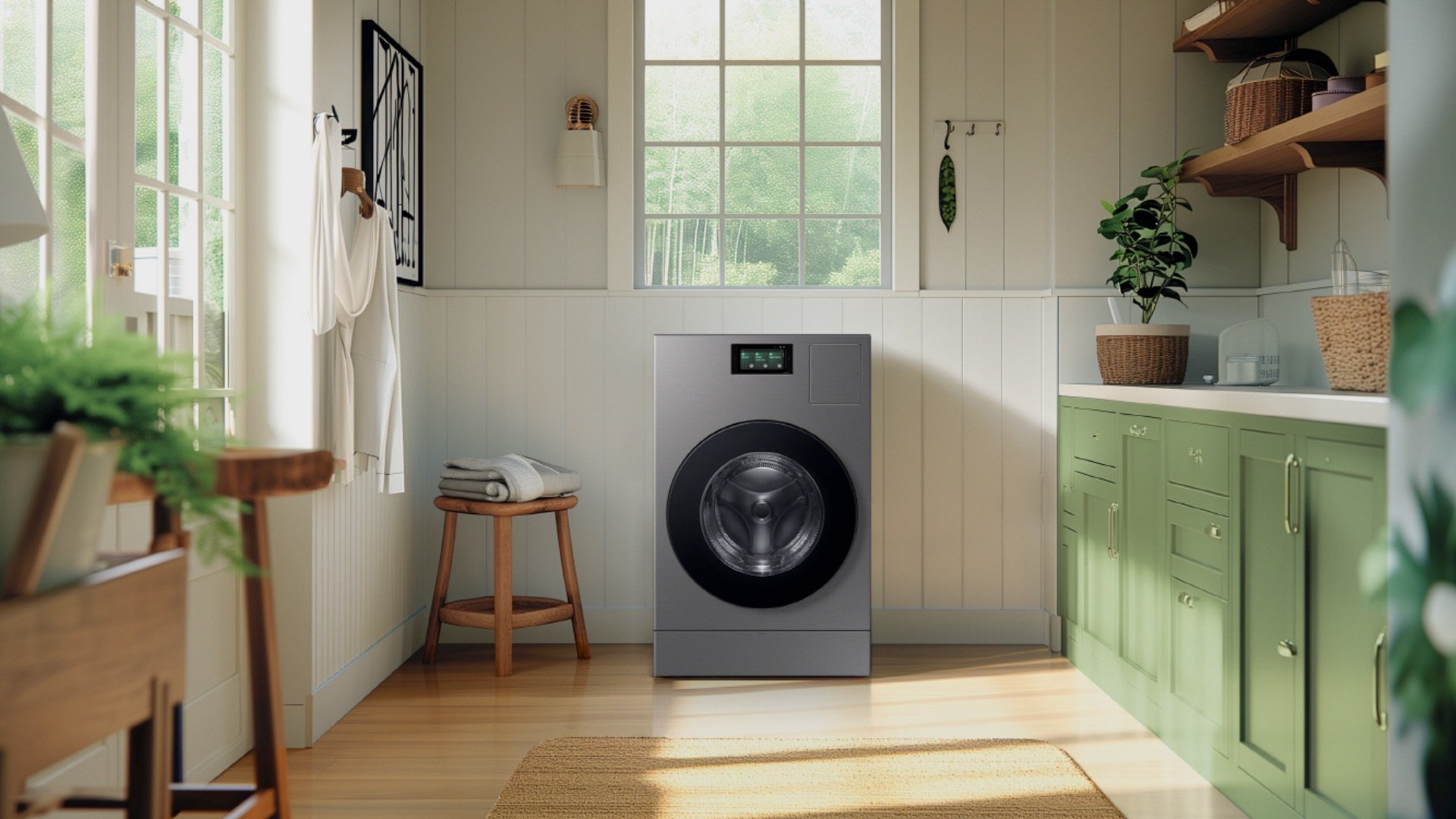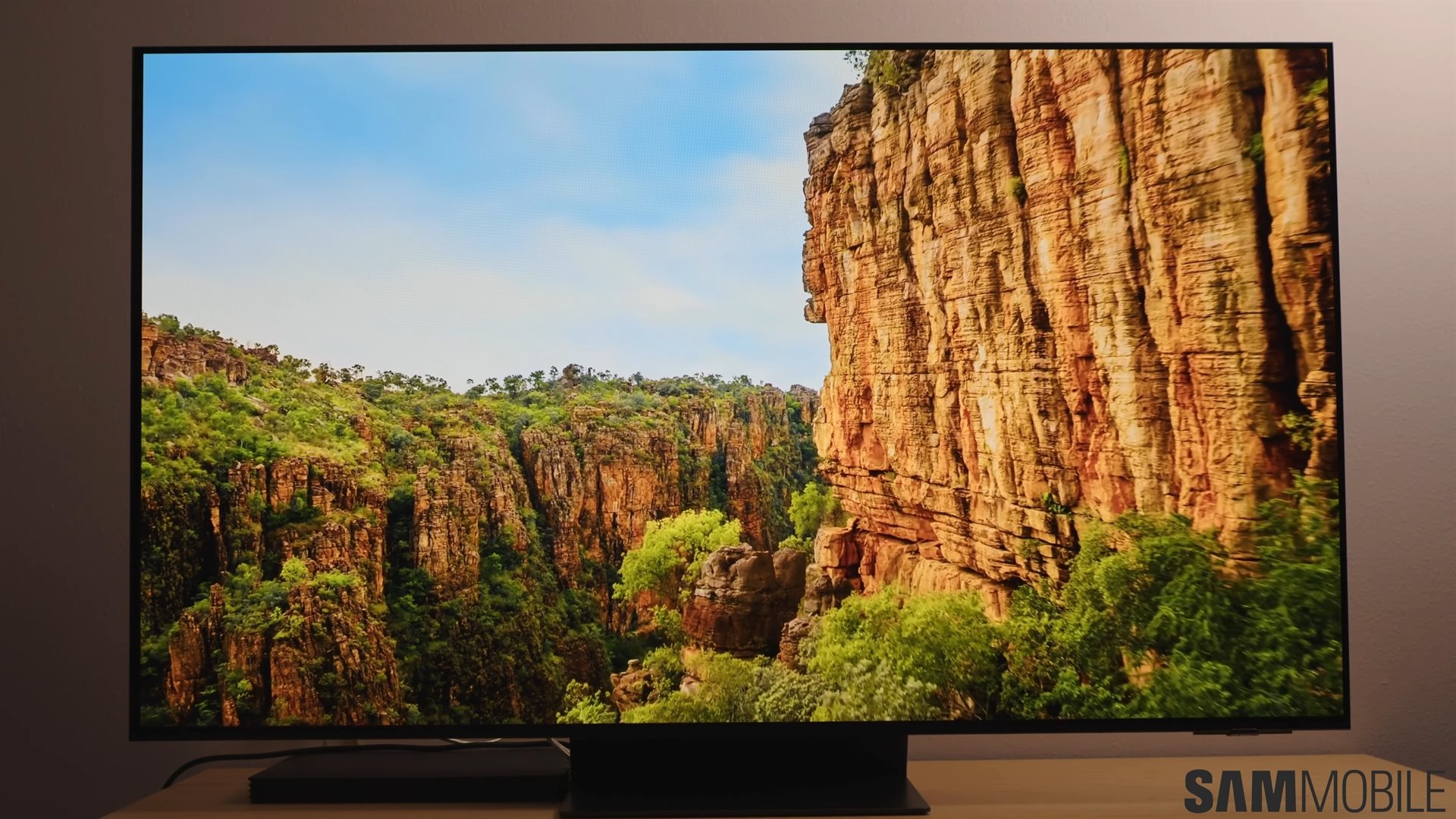
Samsung has been putting a lot more effort into making its Galaxy ecosystem more seamless and cohesive. It's introduced new features such as intelligent switching of the audio source for its wireless earbuds. For example, if they're connected to your Samsung TV and you get a phone call, your Galaxy Buds would automatically switch over to your Galaxy phone so that you can take a call and then reconnect to the TV so you can resume watching. This is just one example of how the Galaxy ecosystem now provides a more elevated user experience.
It's a downright missed opportunity that this cohesive approach hasn't been applied for the user interface. Samsung's One UI design language is the common denominator across its mobile devices. Whether you're using a Galaxy tablet, smartwatch or smartphone, you'll find similar design elements across each form factor, providing a uniform look and feel. It also reduces the learning curve for new users since the UI feels more intuitive on all of these different devices.
One UI is one of the better custom Android skins on the market. It's widely appreciated for how visually appealing it is and for all of the unique features that Samsung has developed for it. Since Samsung is also the biggest Android smartphone vendor, it goes without saying that One UI is the leading custom skin for Android phones across the globe.
Samsung has already begun to expand One UI's reach beyond its mobile devices. The company recently incorporated some One UI design elements into the UI for its Family Hub lineup of smart refrigerators. This was also done in line with its stated objective of improving the Galaxy ecosystem. So the question remains, why doesn't Samsung give the One UI treatment to its TVs?
The operating system isn't the reason. Samsung's smart TVs run on Tizen whereas its smartphones, tablets, and smartwatches run on Android. However, even before the Galaxy Watch series ditched Tizen for Android-based Wear OS, previous models had One UI design elements while they were powered by Tizen. The operating system isn't a limitation for Samsung. If it really wanted to, it could bring One UI to its Tizen-powered TVs without any loss in capability or functionality.
It's about time that Samsung's TV lineup get the One UI treatment now. The look and feel of its products should be similar across all platforms. One UI has the potential of being the thread that ties together all of the devices in the Galaxy ecosystem. Switching between these devices will be more visually seamless and it's certainly going to be very user friendly for those who aren't too tech-forward.
This is the perfect opportunity for Samsung to make this significant change. The company is due to unveil its 2024 TV lineup at the Consumer Electronics Show in Las Vegas that takes place in January. CES is a major trade show where Samsung TVs get to take the spotlight as they get overshadowed by its mobile devices at other trade shows such as the Mobile World Congress in Barcelona. That's why all of Samsung's big TV-related announcements are made at CES.
As fans who have been wishing for this change for quite some time now, we continue to keep our fingers crossed that Samsung will take the opportunity at CES 2024 to usher in a new look and feel for its TVs. It will mark the dawn of a new era for Samsung's beloved TV lineup.




















